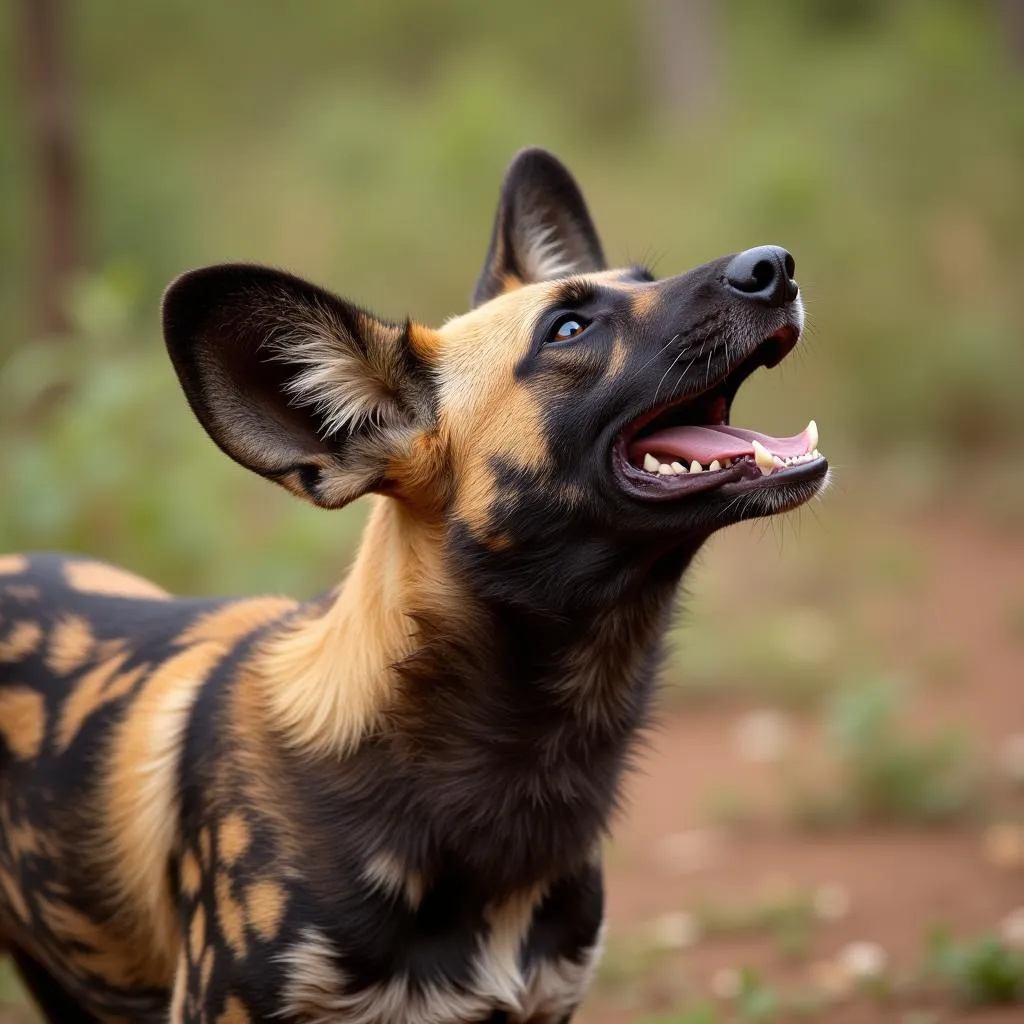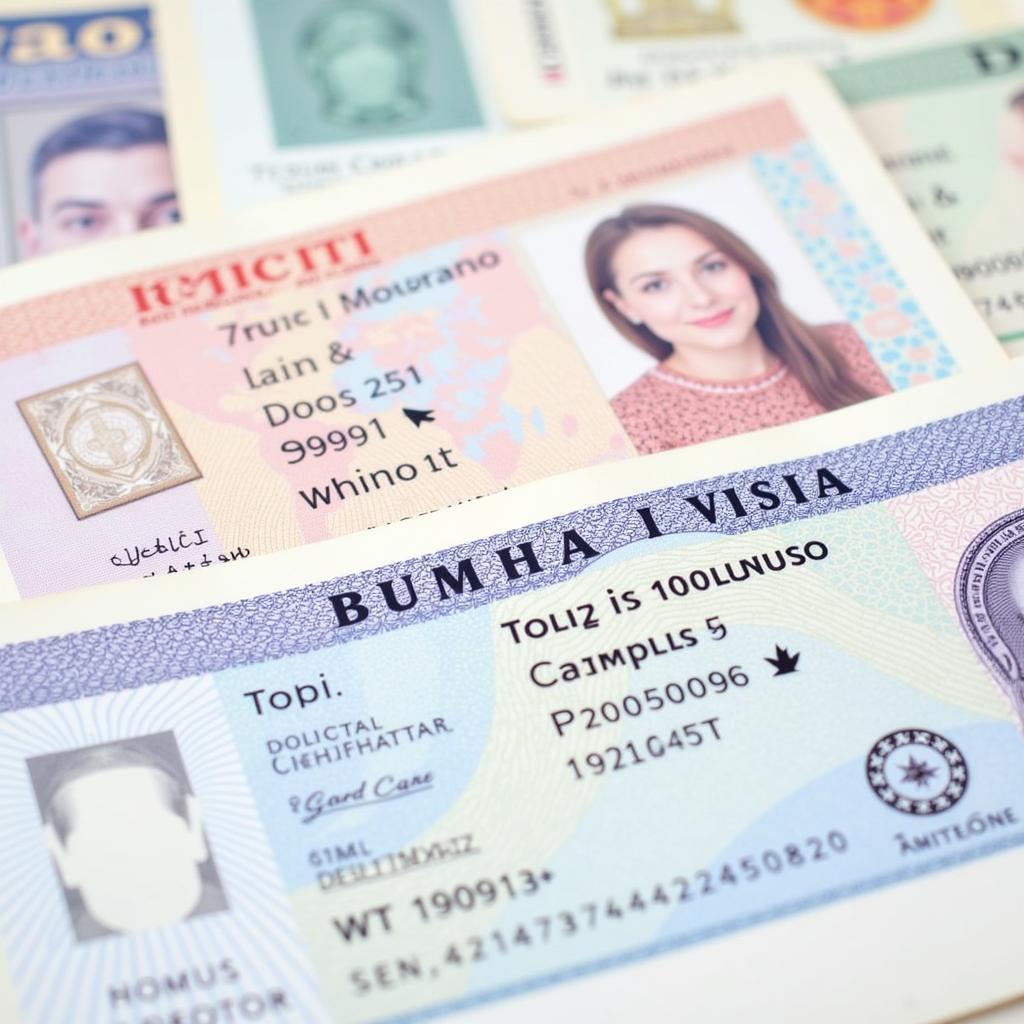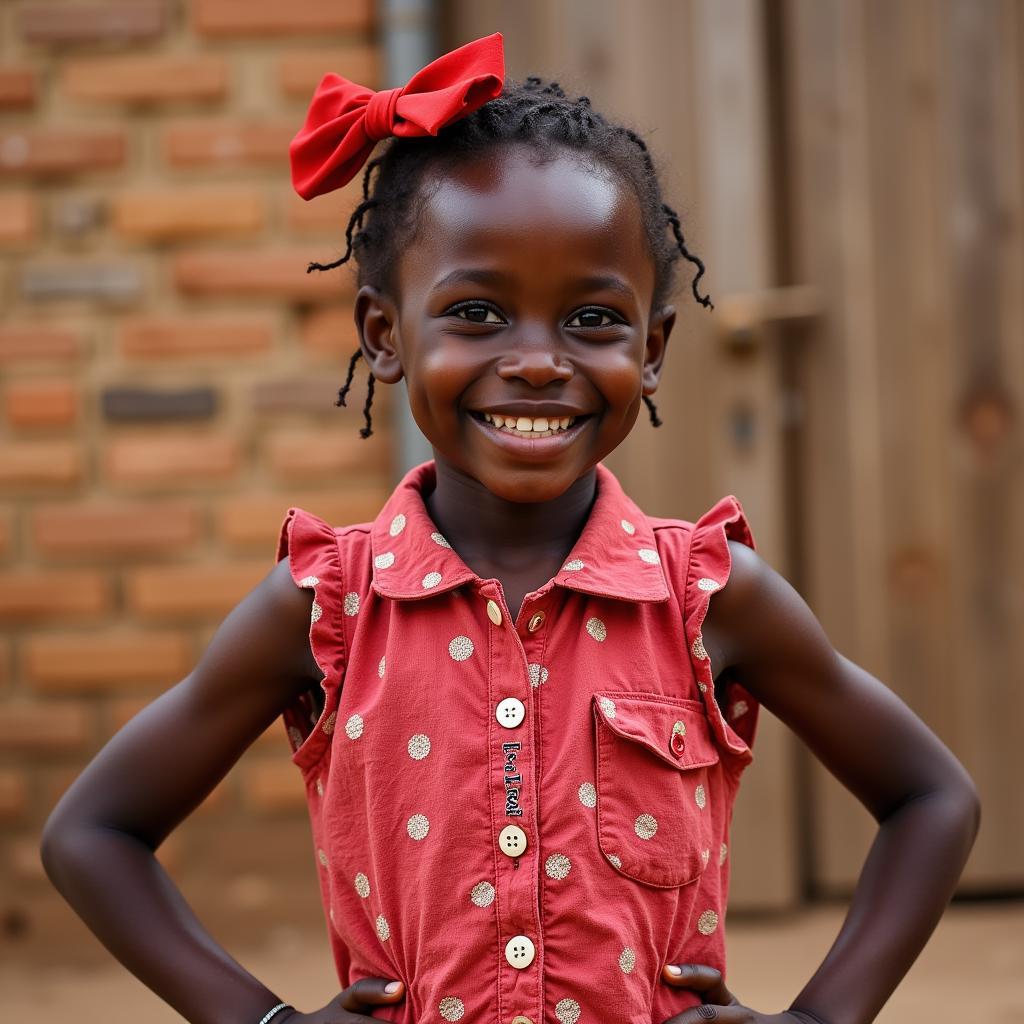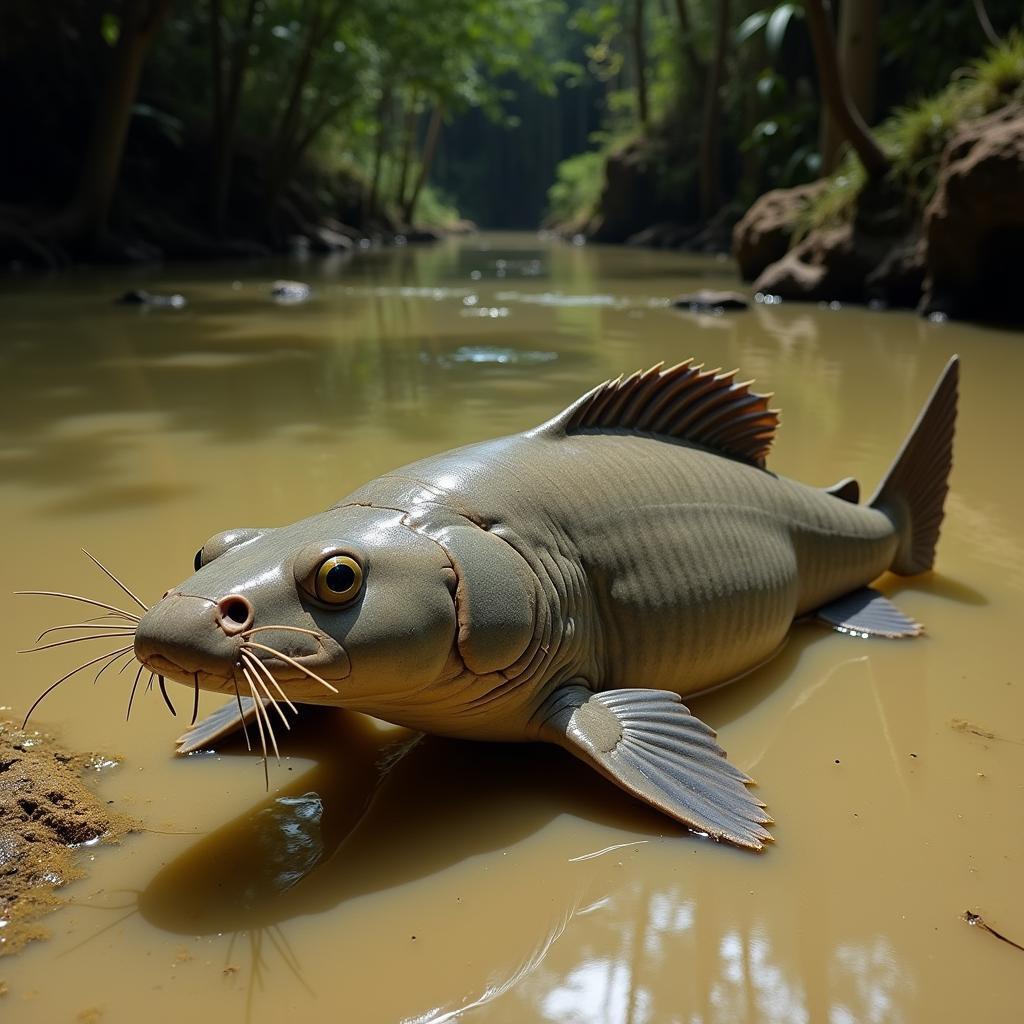What a Group of African Wild Dogs is Called and Why It Matters
A Group Of African Wild Dogs Is Called A pack. This highly intelligent and social species thrives in these structured units, which play a critical role in their hunting success and overall survival in the challenging landscapes of sub-Saharan Africa. But the term “pack” barely scratches the surface of the intricate social dynamics and fascinating behaviors that make African wild dogs one of the continent’s most captivating creatures.
More Than Just a Pack: Understanding African Wild Dog Social Structure
While many animals form groups, African wild dogs, also known as painted wolves, take it to another level. Their packs are not simply random gatherings; they are highly organized societies with a strict hierarchy and a fascinating approach to cooperation. This social structure is crucial to their success as predators and their ability to thrive in the diverse habitats they call home.
Led by the Alpha Pair: A Story of Shared Leadership
At the helm of every pack is a dominant alpha male and female, responsible for guiding the group’s movements, making decisions about hunting territories, and ensuring the pack’s well-being. Unlike many other social animals, African wild dogs exhibit a remarkable level of shared leadership within the alpha pair. Both the male and female play crucial roles in decision-making, demonstrating a level of equality rarely seen in the animal kingdom.
Strength in Numbers: Cooperative Hunting and Pup Rearing
African wild dogs are renowned for their exceptional hunting prowess, and their pack structure lies at the heart of their success. They employ sophisticated coordinated hunting strategies, working together to chase down prey much larger than themselves. This cooperative approach not only increases their chances of a successful kill but also allows them to take down prey that would be impossible to catch alone.
The collaborative spirit extends beyond hunting. Raising pups is a communal effort, with all pack members contributing to feeding, protecting, and nurturing the young. This shared responsibility ensures the survival of the next generation and strengthens the bonds within the pack.
Communication is Key: A Symphony of Whines, Chirps, and Howls
To maintain their intricate social structure, African wild dogs rely on a complex system of communication. They utilize a variety of vocalizations, including whines, chirps, and howls, to convey messages, coordinate movements, and strengthen social bonds. These vocalizations are as diverse as the landscapes they inhabit, each sound playing a specific role in the symphony of their social interactions.
 African Wild Dog Communication
African Wild Dog Communication
Why Understanding “Pack” Matters for Conservation
Recognizing that a group of African wild dogs is called a pack is more than just a simple fact; it’s an entry point into understanding the intricate lives of these endangered animals. By appreciating the complexity of their social structure, their cooperative behaviors, and the vital role each pack member plays, we gain a deeper understanding of the threats they face and the importance of conservation efforts to protect them.
FAQ
1. How many African wild dogs are typically in a pack?
Pack size can vary, but they typically consist of 6 to 20 individuals, though larger packs have been observed.
2. Are African wild dogs endangered?
Yes, African wild dogs are classified as endangered, with habitat loss, disease, and human-wildlife conflict posing significant threats to their survival.
3. How do African wild dogs choose their alpha pair?
The alpha pair is typically the breeding pair within the pack, and they maintain their dominance through a combination of age, experience, and social interactions.
Exploring Further: More About African Wildlife
To delve deeper into the captivating world of African wildlife, check out these resources:
Understanding what a group of African wild dogs is called is just the beginning. By learning more about these incredible creatures, we can all contribute to their conservation and ensure that their captivating social structures continue to thrive in the wilds of Africa.



